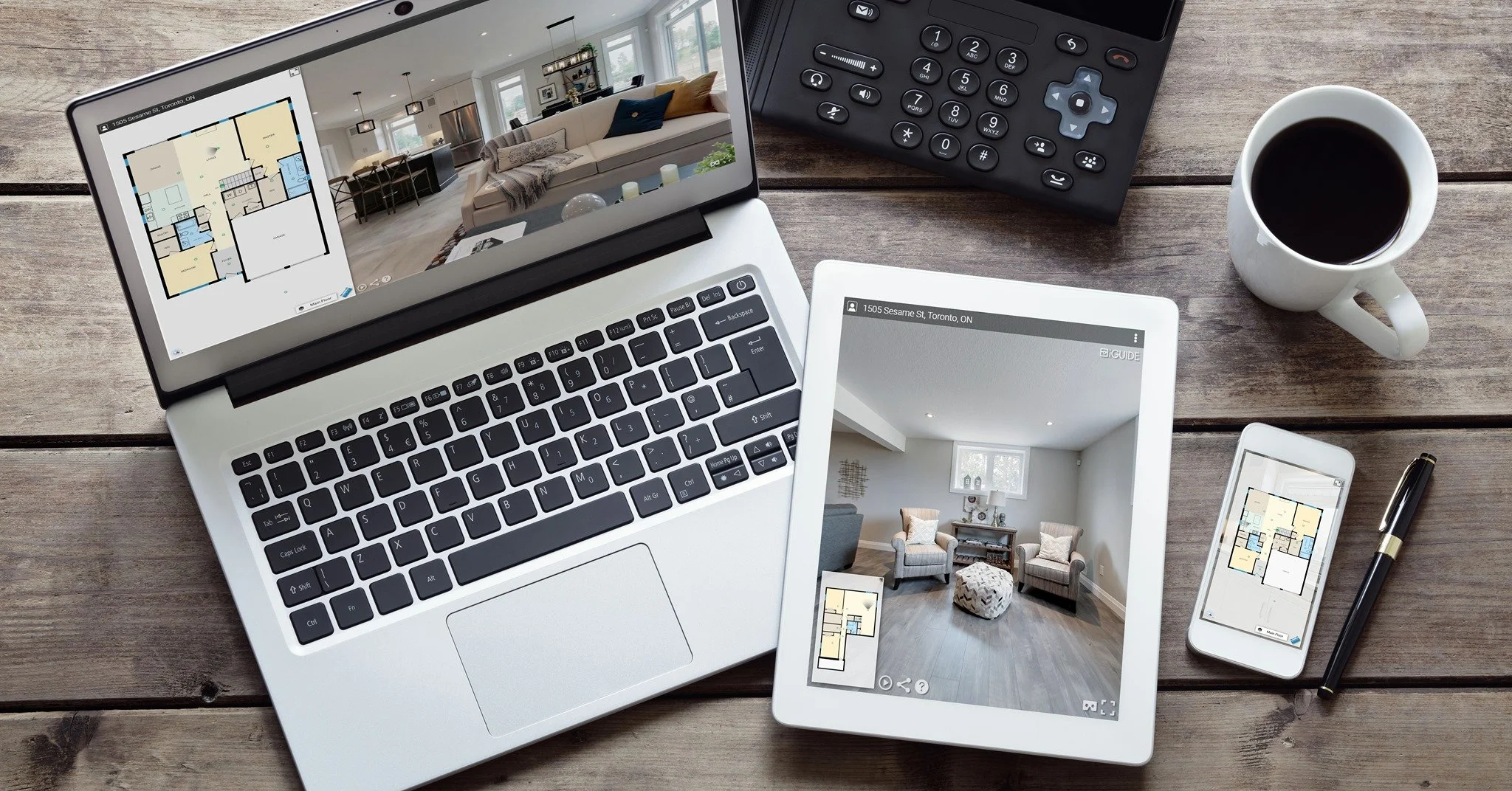Photography is an essential component of real estate marketing for several reasons. Here are a few:
Visual appeal: Photography is a visual medium, and having high-quality photographs can make a property look more attractive to potential buyers. The photos can showcase the property's features and make it easier for buyers to visualize themselves living there.
First impression: In many cases, the first time a potential buyer sees a property is through photos online or in a brochure. Having high-quality photos can make a good first impression and encourage the buyer to take the next step, such as scheduling a viewing.
Marketing materials: Real estate agents and brokers use photos in various marketing materials, including online listings, brochures, and advertisements. High-quality photos can make these materials more professional and appealing to potential buyers.
Competitive advantage: In today's market, buyers have access to a wealth of information online. Having high-quality photos can help a property stand out from the competition and attract more attention from potential buyers.
Overall, photography plays a crucial role in real estate marketing by helping to showcase a property's features, making a good first impression, and giving real estate professionals a competitive advantage.





